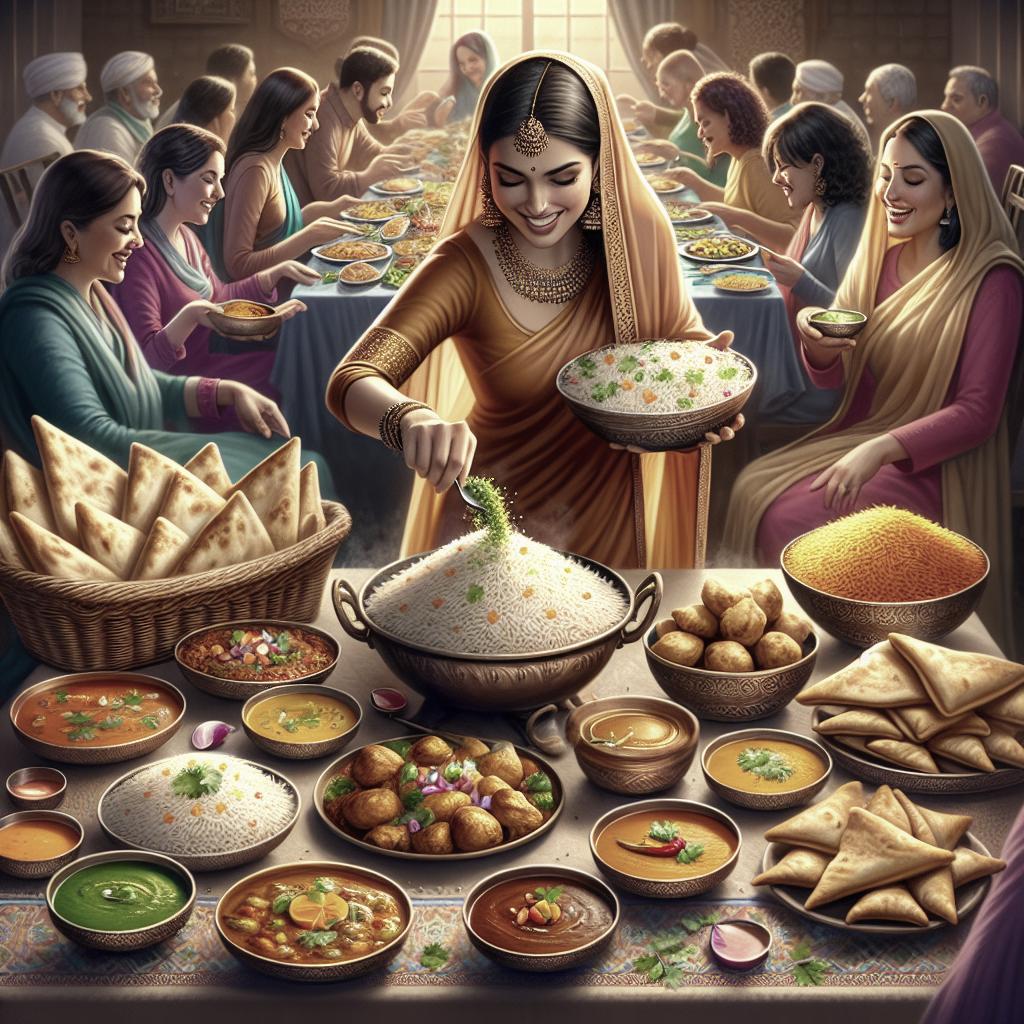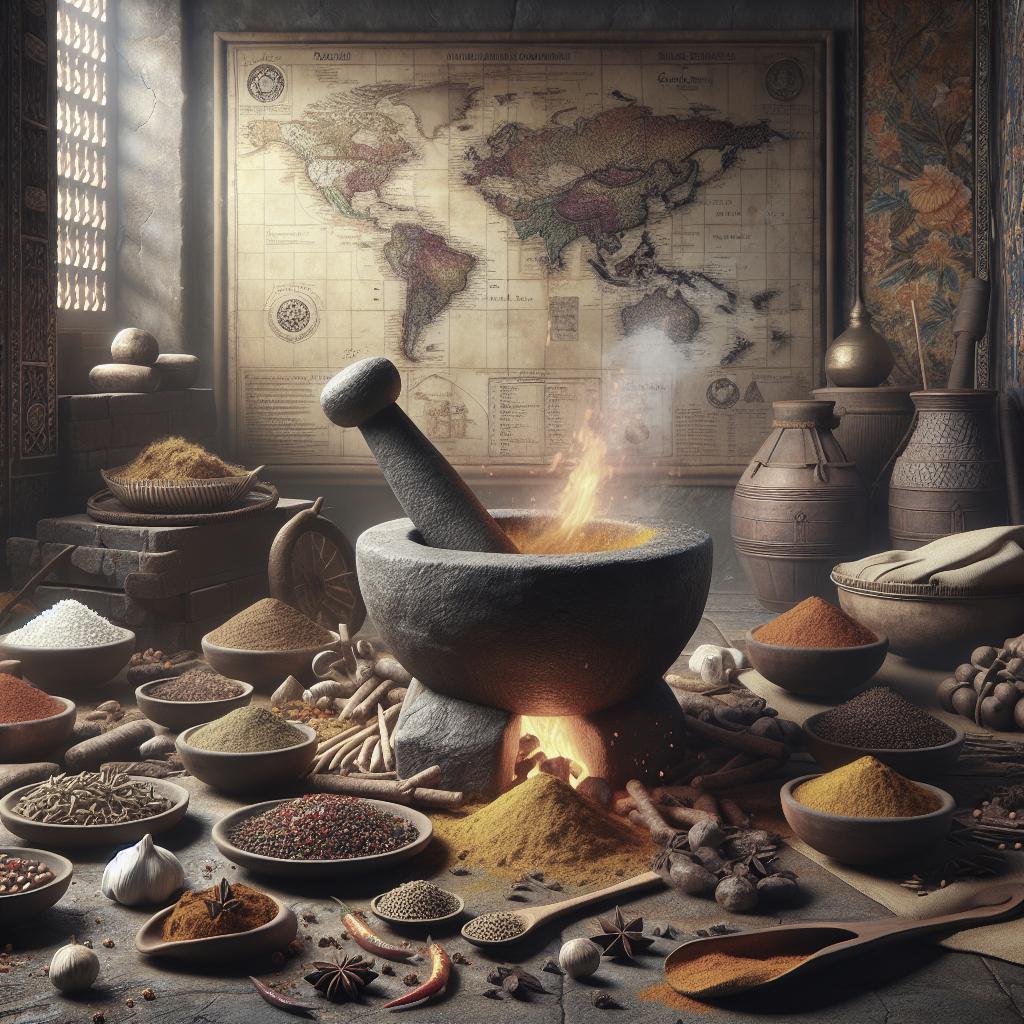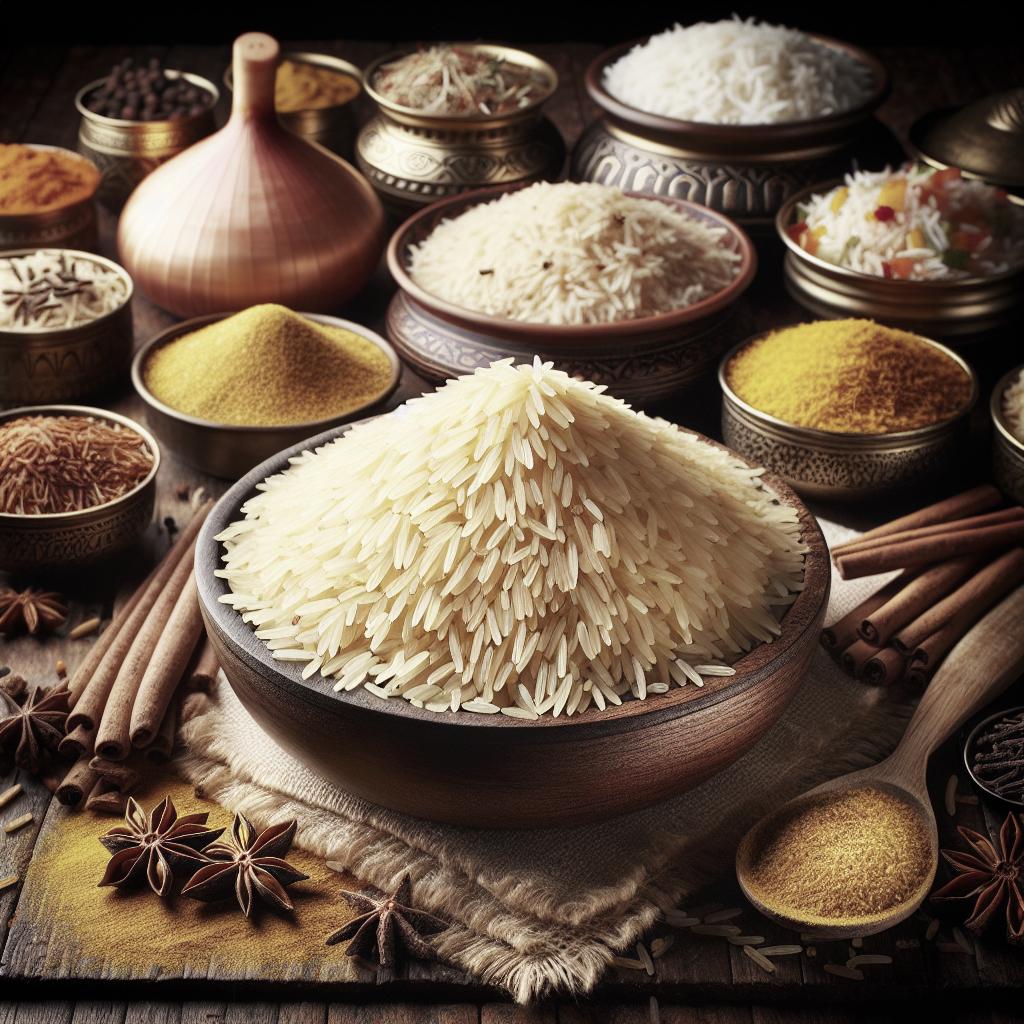“`html
How to Host an Indian Food Night
Are you ready to transport your friends and family to the bustling streets of India with an unforgettable Indian food night? Hosting an Indian dinner party isn’t just about serving delicious meals; it’s about creating an atmosphere that captures the cultural richness and vibrancy of India. In this guide, we’ll help you meticulously plan your Indian food night, from guest lists to mouthwatering menu ideas. With a bit of preparation, some well-chosen decor, and sublime culinary offerings, your guests will leave with satisfied palates and a deeper appreciation for Indian cuisine. Let’s dive into the essential steps to make this cultural culinary experience a memorable success.
Indian Party Planner Checklist
Make a Guest List (As soon as you have a date in mind)
Having your guest list is the foundational step of your party planning. It’s essential to confirm who will be attending early on for an accurate headcount when planning your menu and seating arrangements. Consider inviting a diverse group of friends and family who would appreciate the Indian theme.
Communication is key, so send out your invites with your preferred RSVP method. A simple email or digital invite can keep everything organized. Be sure to specify whether your event will be casual or more formal, as the tone can affect how your guests prepare for the evening.
Plan a theme (Up to a month before)
While the central theme is Indian cuisine, you can add a spin by choosing a more specific cultural focus. Perhaps you’re inspired by the colors and traditions of a particular Indian festival or wish to feature flavors from a specific region, such as Kerala or Punjab.
A coherent theme can help streamline your decorations, music, and food choices, creating an immersive atmosphere that enhances the dining experience. Once you settle on a theme, use it as a guiding force for all other planning elements.
Plan the Menu
The heart of any Indian food night lies in its menu. A well-thought-out selection that balances flavors and caters to dietary preferences is crucial. Start with a mix of traditional appetizers, mains, and desserts, ensuring you offer choices for vegetarians and non-vegetarians alike.
Consider integrating a few lesser-known dishes to surprise and delight your guests. Exploring regional specialties not only enriches the menu but also educates your guests about the immense diversity within Indian cuisine.
How Much Food To Cook & Making the Grocery List
Having an estimate of how much each guest will eat helps prevent both food shortages and wastage. A typical adult will consume about 500-700 grams of food in total, including drinks, sides, and desserts. Keep in mind that variety often encourages guests to try a little of everything, so slight overestimation is better than underestimation.
Draft a detailed grocery list based on your final menu choices. Remember to check your pantry for existing ingredients to save time and resources. Organized shopping is essential for managing both cost and stress levels.
Buying supplies (2 to 4 weeks before)
Decor
Transform your dining area into an inviting Indian haven by choosing vibrant fabrics, golden accents, and traditional motifs. Accessories such as lanterns, candles, and rangoli designs can enhance authenticity. Incorporate your chosen theme by using decor elements that reflect specific regional or festival-based styles.
Tableware
Invest in or rent traditional Indian tableware, such as copper or brass pieces, that can bring your presentation to the next level. Ensuring each piece of tableware matches your theme enhances the dining experience.
Servingware
Don’t overlook the impact that beautifully designed servingware can have on the meal. Opt for copper thalis (serving platters) or traditional ceramic bowls, as they contribute to the meal’s visual and cultural appeal, complementing the foods you serve.
Buying groceries (2 to 5 days before)
A few days before your event, purchase all fresh produce, dairy, and specialty ingredients. Visit specialty Indian grocery stores if local options don’t provide everything on your list. Fresh produce will guarantee higher quality meals and can enhance flavor significantly.
Double-check your grocery list to ensure no essential elements are missed. Having a complete set of ingredients before you start cooking will make the entire preparation process more streamlined and stress-free.
Start prepping and cooking (1 to 2 days before)
Begin by preparing ingredients that can safely rest overnight in the refrigerator, such as marinating meats and chopping vegetables. Dips, chutneys, and desserts can be made in advance to save time on the actual day of the party.
Consider partially cooking some of your mains in advance. This means on the day itself, you can focus on the final touches, reheating, and presenting dishes without excessive last-minute effort.
Getting Ready (The night before)
Set up your decor, table arrangements, and serving stations the night before to free up time on the day of the party. This reduces day-of strain and allows you to focus on cooking and personal preparations.
Do a final check on your checklist to ensure everything is prepared. Store your menu sheet, with timings for dish preparation and serving, somewhere visible in the kitchen.
Party Day
On the day of your Indian food night, aim to maintain a relaxed and composed demeanor, ensuring you can enjoy the experience along with your guests. Begin by finishing any fresh cooking tasks—such as preparing rice or reheating breads—early, providing ample time to address any last-minute hitches.
Once guests arrive, encourage them to mingle and savor the starters with their drinks while you work on finishing the main courses. By maintaining this flow, you’ll ensure guests experience a seamless transition from one part of the meal to the next.
Fav Recipes To Serve
Drinks (Prep the day before)
Lassi and masala chai are quintessential Indian drinks that can be prepared ahead of time. Opt for both sweet and savory variants to cater to diverse tastes. Refreshing choices, such as mint cucumber cooler or mango mojito, can also add a vibrant touch.
Appetizers (Prep the day before)
Samosas and pakoras are easy crowd-pleasers that capture the essence of Indian street food. Preparing these in advance and simply reheating them preserves their crunch and flavor.
Main Dishes
Vegetarian Mains (Cook the day before)
Dishes like paneer tikka masala or chole (chickpea curry) are excellent vegetarian options that can be cooked the day before and reheated just before serving, marinating to enhance their rich flavors.
Chicken and Seafood Mains (Cook the day before)
Consider serving butter chicken or prawn curry. These dishes not only embody classic Indian tastes but benefit from sitting in their spices overnight, intensifying their savory flavors.
Rice (Cook on the day)
Whether you opt for biryani or a simple jeera rice, cook rice dishes on the day to retain texture and fragrance. Preparing these dishes in a rice cooker can assist with both ease and efficiency.
Bread (Cook/reheat on the day)
Naan or roti are best served fresh. While they can be made earlier in the day, reheating them just before serving will ensure they remain soft and aromatic.
Sides (Prep 4 to 5 hours before and refrigerate)
Raita and pickled vegetables can enhance any meal, providing balance and texture. Prep these sides a few hours before serving, allowing them to develop their vibrant flavors when chilled.
Dips and Chutneys (Make ahead 2 to 3 days)
Common accompaniments include mint chutney and tamarind sauce. These can be made up to three days in advance, stored in the fridge to allow their flavors to marry.
Desserts (Make/Prep the night before)
Ending your meal on a sweet note with gulab jamun or rasmalai not only satisfies sweet cravings but highlights India’s zeal for desserts. Preparing these the day before simplifies the final service.
Sample Menu Ideas
Indian Vegetarian Menu
This menu might include vegetable biryani, palak paneer, and samosas, giving guests a taste of hearty, aromatic vegetarian cuisine.
Non-Vegetarian Menu
Feature dishes such as chicken tikka masala, lamb vindaloo, and fish amritsari to offer a rich palette of meat-focused recipes showcasing India’s robust flavors.
Maharashtrian Vegetarian Menu
Highlight regional specialties with vada pav, puran poli, and aamti, providing guests with an authentic Maharashtra culinary experience.
Movie/Game Night Menu
Opt for quick bites like aloo tikki or pav bhaji, perfect for an interactive, casual dining experience during a leisurely night of fun and games.
Lunch Menu #1
Curate a traditional thali experience, balanced with dal, sabzi, roti, and salad to present a wholesome midday feast.
Lunch Menu #2
Consider a South Indian spread, featuring dosa, sambar, and coconut chutney, ideal for a refreshing and relatively lighter lunch.
Filed Under
Your unique Indian food night experience! Explore more in the realm of hosting by experimenting with varied themes, recipes, and cultural segments.
Future Prospects
| Checklist Steps | Description |
|---|---|
| Make a Guest List | Identify and invite your guests as the initial step in organizing your party. |
| Plan a Theme | Choose a specific cultural element or regional focus to guide your event planning. |
| Plan the Menu | Craft a balanced menu that caters to diverse dietary preferences with traditional offerings. |
| Purchase Supplies and Groceries | Shop for essentials, including fresh produce and specialty ingredients, to ensure you have everything needed. |
| Prep and Cook | Organize your cooking timeline, preparing items in advance to streamline party day efforts. |
| Serve and Enjoy | Present your culinary creations to guests, providing a memorable dining and cultural experience. |
| Sample Menu Ideas | Explore varied menu concepts to match the theme and guest preferences. |
“`


